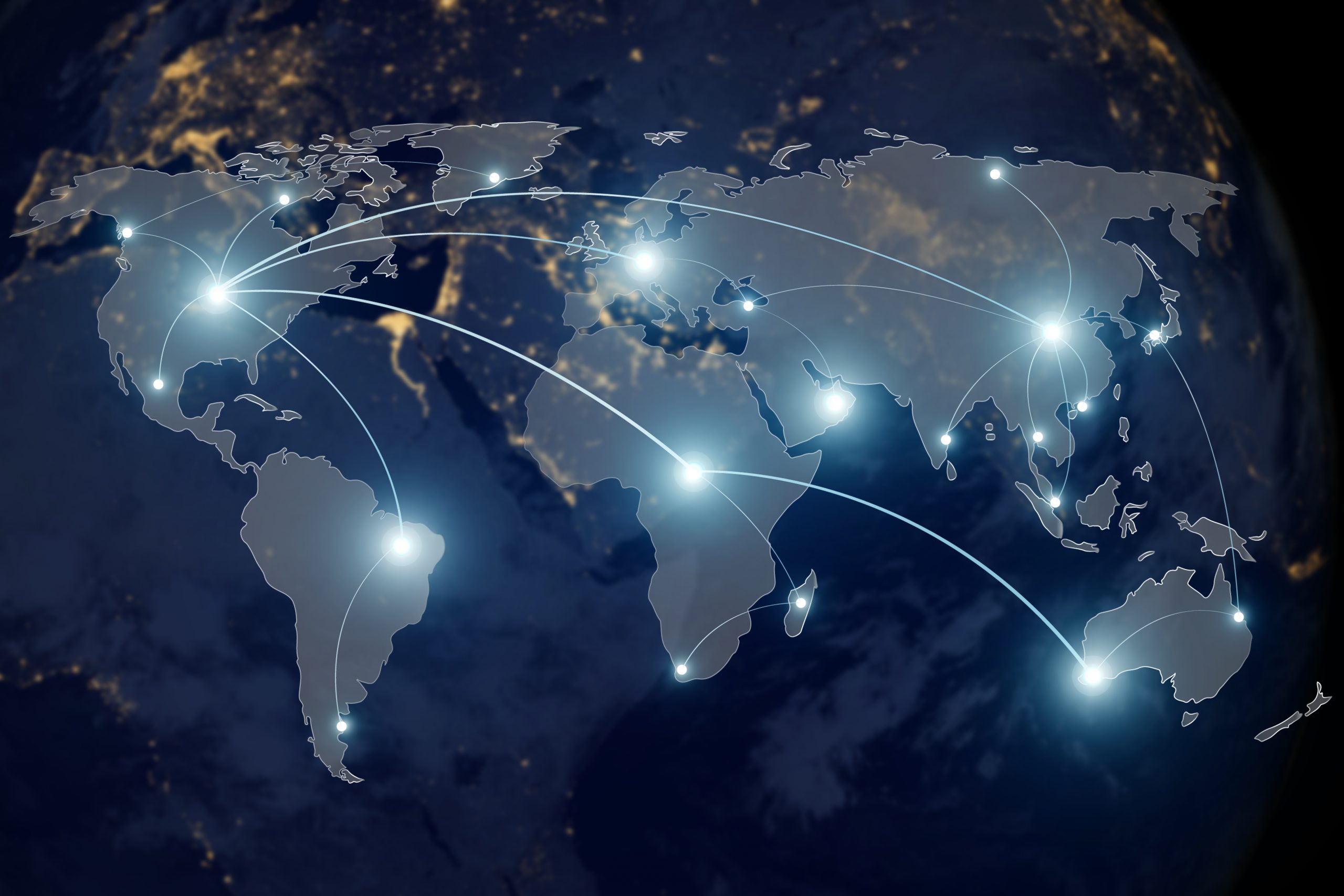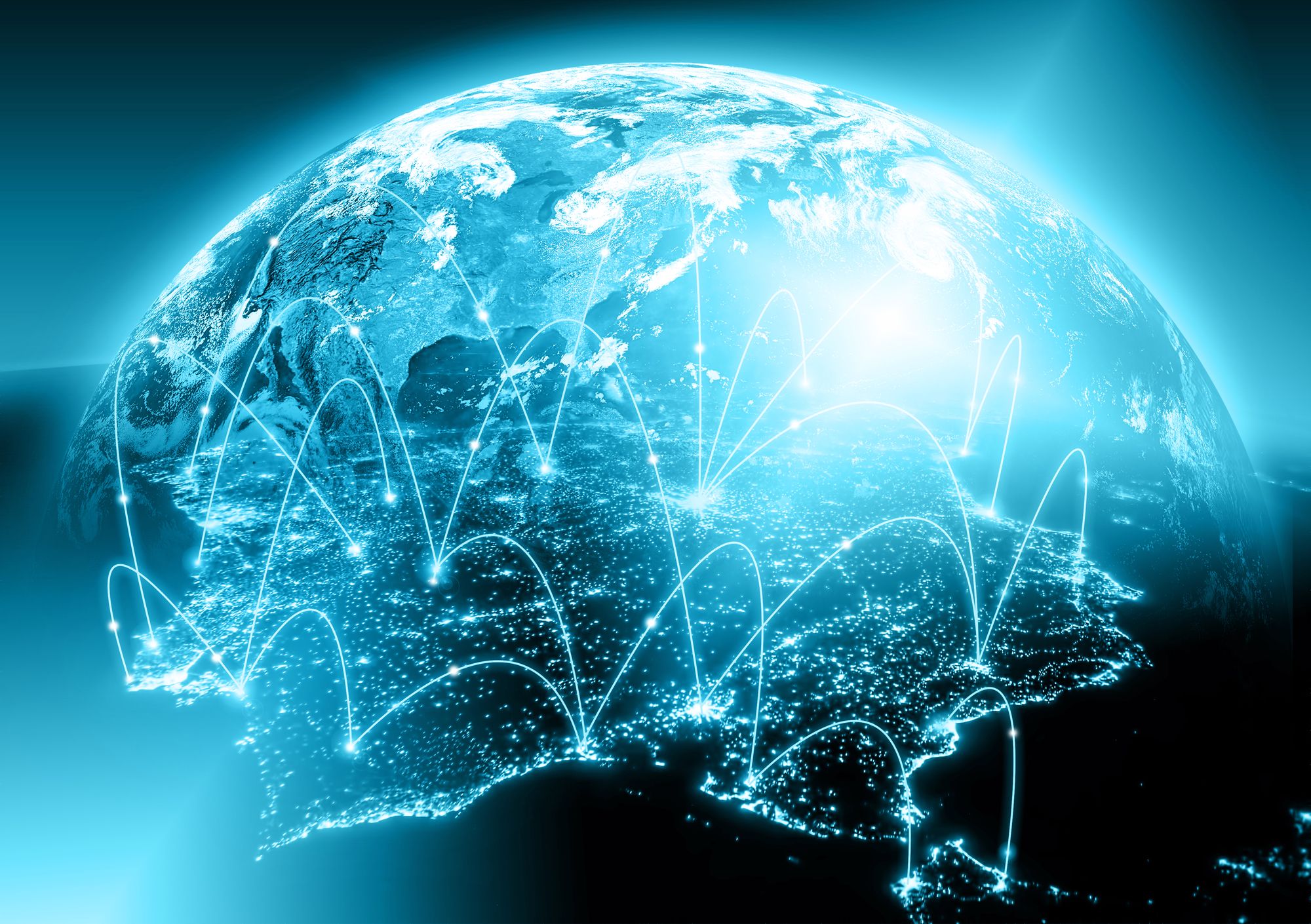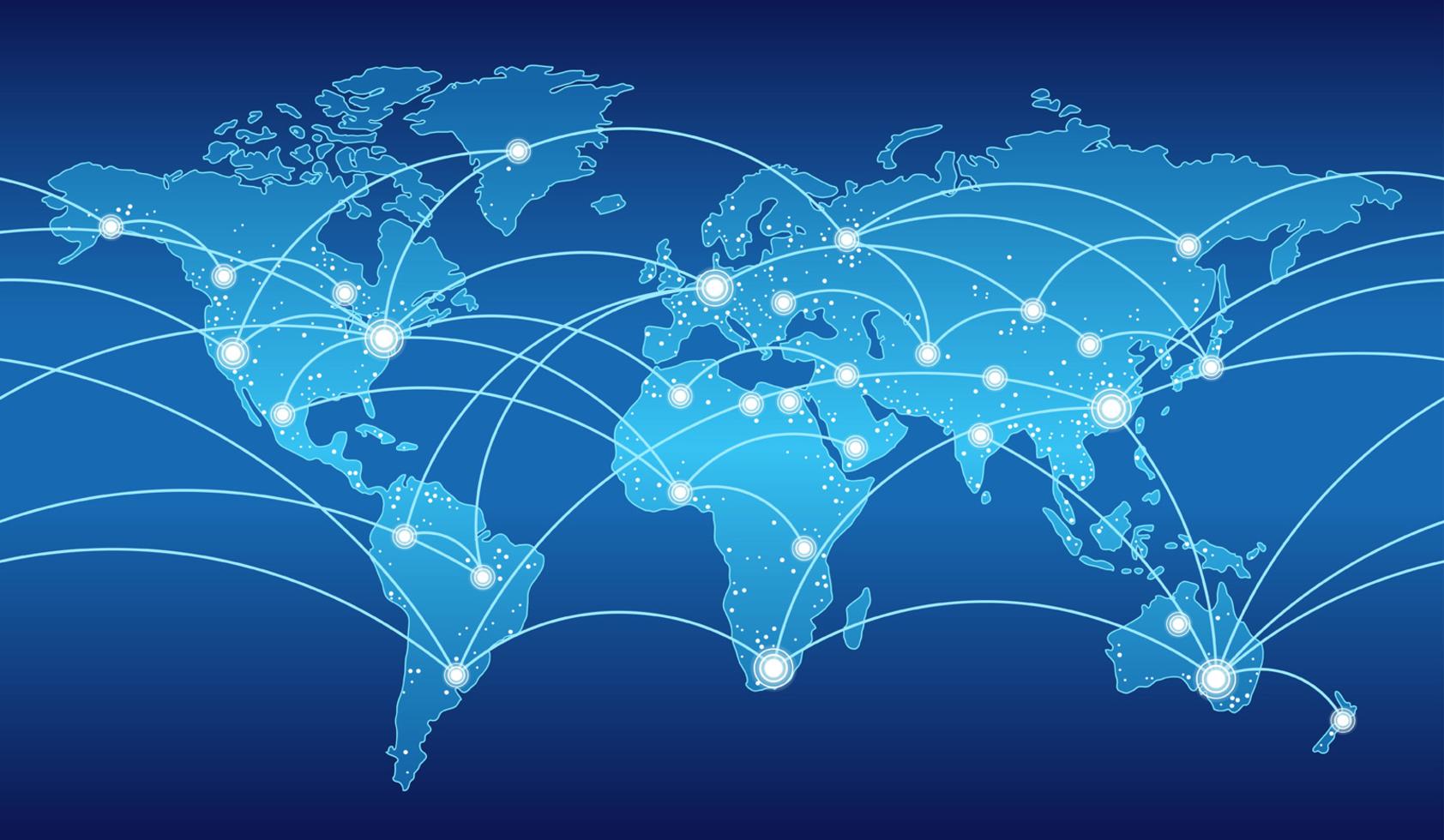Iran's Military Might: Unpacking Global Firepower Rankings
Table of Contents
- Understanding the Global Firepower Index (GFP)
- Iran's Current Global Standing in 2025
- A Deep Dive into Iran's Military Manpower
- Strategic Depth: Geography and Demographics
- Iran vs. Israel: A Regional Power Play
- The Broader Middle Eastern Context
- Beyond the Numbers: Qualitative Factors
- Implications of Iran's Military Strength
Understanding the Global Firepower Index (GFP)
The Global Firepower Index is more than just a list of countries ranked by their military might; it's a comprehensive analytical tool designed to provide a nuanced understanding of global military strengths. It evaluates nations based on a wide array of criteria, including force size, financial resources, logistical capacity, and geographic considerations. The GFP methodology aims to present a balanced view, not simply relying on the total number of weapons, but also factoring in elements like diversity of weaponry, industrial support, and even natural resources. A lower PowerIndex score indicates a stronger military, with 0.0000 being the theoretical ideal. This intricate system allows for a more holistic comparison of military capabilities, offering valuable insights for analysts, policymakers, and the general public interested in global security dynamics.Iran's Current Global Standing in 2025
For 2025, the Global Firepower Index denotes Iran as a formidable military power, solidifying its position within the top 20 globally. Specifically, Iran is ranked 16th out of 145 countries considered for the annual GFP review. This places the nation among a select group of militaries with significant global reach and influence. Iran's PowerIndex score stands at 0.3048 (or 0.304), a testament to its considerable defense capabilities across various metrics. This ranking is not merely a number; it highlights the scale of Iran’s defense capabilities and underscores its strategic importance on the world stage, particularly within the volatile Middle East region. The consistent presence of Iran within the top echelons of the GFP index reflects a sustained commitment to military development and preparedness, factors that are closely watched by international observers.A Deep Dive into Iran's Military Manpower
One of the most critical components of any military's strength is its human capital, and Iran possesses a substantial force. According to the 2024 GFP firepower index estimates, Iran commands a combined strength of 1.18 million (11.8 lakh) military personnel. This impressive figure is broken down into several key categories:- **Active Duty Personnel:** 610,000 (6.1 lakh) individuals are currently serving in the active military forces, ready for immediate deployment and operations.
- **Reserved Personnel:** An additional 350,000 (3.5 lakh) personnel constitute the reserve forces, providing a crucial pool of trained individuals who can be mobilized during times of heightened tension or conflict.
- **Paramilitary Personnel:** The remaining portion of Iran's military manpower, as estimated by GFP, comprises 220,000 (2.2 lakh) paramilitary personnel. These forces often play a significant role in internal security, border control, and supporting conventional military operations.
Strategic Depth: Geography and Demographics
Beyond raw numbers of personnel and equipment, a nation's geography and demographics play a pivotal role in its overall strategic depth and military resilience. Iran's vast territorial expanse provides a significant strategic advantage, particularly in a prolonged conflict scenario. The country spans 1.6 million square kilometers, a territory roughly 75 times larger than Israel’s. This immense size offers Iran substantial logistical depth, allowing for the dispersal of military assets, the establishment of multiple lines of defense, and the ability to absorb attacks while maintaining operational capacity. Unlike smaller nations, Iran has the physical space to retreat, regroup, and launch counter-offensives from various points, making it a challenging target for any potential aggressor. Furthermore, the large population of 88.3 million, as noted by the Global Firepower Index 2025, not only translates into a massive recruitment pool but also contributes to the nation's overall resilience. A large population can sustain a larger military, support a more robust defense industry, and absorb the societal impacts of conflict more effectively than smaller nations. This demographic strength, combined with its vast geography, provides Iran with inherent advantages that go beyond mere military hardware, contributing significantly to its strategic importance and its ability to project power and deter potential adversaries. The combination of extensive territory and a large population forms a bedrock of Iran's defense capabilities, offering both strategic maneuverability and enduring human resources.Iran vs. Israel: A Regional Power Play
The military strengths of Israel and Iran are a constant subject of analysis, especially given the escalating tensions and their roles as key players in the Middle East. The Global Firepower Index provides a quantitative lens through which to compare these two nations.Shifting Rankings and Budgets
In the 2025 Global Firepower Index, Israel and Iran hold the 15th and 16th positions respectively, highlighting their continued influence in regional military dynamics amidst ongoing tensions. This close proximity in ranking underscores the significant military capabilities of both nations. Interestingly, until recently, Iran was actually ranked higher than Israel on the index, dropping to number 16 while Israel moved up to 15th. This shift suggests dynamic changes in military investment, modernization, or assessment methodologies. When it comes to defense budgets, there's a notable disparity. In 2025, Iran's defense budget is estimated at $15 billion, while Israel's stands at a considerably higher $30 billion. This difference suggests that Israel, despite its smaller size, invests a much larger proportion of its economic output into its military, reflecting its unique security challenges and strategic priorities. However, it's crucial to remember that a larger budget doesn't automatically equate to superior overall capability, as factors like indigenous production, cost of living, and strategic doctrine can significantly influence the effective use of funds.Demographic and Geographic Asymmetries
Beyond the budget, the fundamental demographic and geographic differences between Iran and Israel present distinct strategic asymmetries. As previously noted, Iran's population of 88.3 million dwarfs Israel's 9.4 million, providing Iran with a recruitment pool nearly nine times larger. This vast human resource base is a significant factor in a prolonged conflict scenario, offering sustainability that Israel, with its smaller population, cannot match. Similarly, Iran's immense territory of 1.6 million square kilometers, approximately 75 times Israel’s territory, grants Iran significant logistical depth. This vastness allows for the dispersal of forces, strategic retreat, and the ability to absorb attacks across a wide area, providing a distinct advantage in terms of resilience and maneuverability during a conflict. In contrast, Israel's smaller landmass means any conflict would be highly concentrated and potentially more devastating to its civilian infrastructure. These fundamental differences in scale contribute significantly to the overall strategic calculus when comparing the military strengths of these two regional powers.The Broader Middle Eastern Context
Iran's military standing, as depicted by the Global Firepower Index, cannot be fully understood in isolation. Its position is deeply intertwined with the broader geopolitical landscape of the Middle East and the global power dynamics at play.Regional Influence Amidst Tensions
The rankings of Israel and Iran at 15th and 16th respectively, as key players in the Middle East, undeniably highlight their continued influence in regional military dynamics amidst ongoing tensions. Both nations are central to the security architecture of the region, and their military capabilities are a significant factor in the balance of power. Iran, with its large military, strategic depth, and extensive proxy network, exerts considerable influence across the Levant, Persian Gulf, and beyond. Its military strength serves as a deterrent against external aggression and as a tool for projecting power in its immediate neighborhood. The ongoing tensions, whether with regional rivals or international powers, mean that Iran's military strength is constantly under scrutiny and plays a direct role in shaping diplomatic and security dialogues. The Global Firepower Iran data underscores this persistent regional importance.Global Superpowers: The US Benchmark
To provide a full global context, it's essential to acknowledge the world's leading military power. The United States has consistently retained its position as the world’s most powerful military in the 2025 Global Military Strength Index, published by Global Firepower. The US's top ranking serves as a benchmark against which all other nations, including Iran, are measured. While Iran's 16th position is impressive, it also highlights the vast gap that exists between regional powers and global superpowers like the United States. This comparison is crucial for understanding the limitations of even a top-tier regional military when set against a force with truly global projection capabilities, advanced technology, and unparalleled logistical support. The presence of the US and other major powers in the region also significantly impacts Iran's strategic calculations and defense posture.Beyond the Numbers: Qualitative Factors
While the Global Firepower Index provides an invaluable quantitative assessment of military strength, it's important to recognize that it doesn't capture every nuance. GFP focuses heavily on tangible assets, personnel numbers, and financial outlays. However, true military effectiveness is also heavily influenced by qualitative factors that are harder to quantify. These include:- **Military Doctrine and Strategy:** How a military plans to fight, its strategic objectives, and its operational philosophy can be as crucial as its hardware. Iran, for example, is known for its emphasis on asymmetric warfare, naval capabilities in the Persian Gulf, and missile technology, which might not be fully reflected in a raw numerical comparison.
- **Training and Professionalism:** The quality of training, leadership, and the professionalism of military personnel can significantly impact combat effectiveness. A well-trained smaller force can sometimes outperform a larger, less disciplined one.
- **Morale and Motivation:** The morale of troops and their willingness to fight are intangible but vital aspects of military power.
- **Indigenous Capabilities and Innovation:** A nation's ability to indigenously produce and innovate military technology reduces reliance on external suppliers and can provide unique advantages. Iran has made significant strides in developing its own missile, drone, and naval capabilities, often under sanctions, which showcases a certain level of ingenuity and self-reliance.
- **Cyber Warfare and Electronic Warfare:** These modern domains of conflict are increasingly critical but are difficult to fully assess through traditional metrics.
- **Intelligence and Information Warfare:** The ability to gather intelligence and conduct information operations plays a significant role in modern conflict.
Implications of Iran's Military Strength
The consistent high ranking of Iran in the Global Firepower Index carries significant implications for regional stability and global geopolitics. Firstly, Iran's robust military capabilities serve as a powerful deterrent. Its substantial manpower, strategic depth, and growing indigenous defense industry suggest that any military confrontation would be costly and protracted, a factor that likely influences the strategic calculations of potential adversaries. The sheer scale of its forces, as indicated by the Global Firepower Iran data, means it cannot be easily dismissed or quickly overcome. Secondly, Iran's military strength enables it to project influence across the Middle East. Through various proxy groups and strategic alliances, Iran extends its reach, impacting conflicts and political dynamics from Yemen to Lebanon. Its military power underpins its foreign policy objectives and its resistance to external pressures. The country's ability to maintain a strong military despite decades of sanctions also highlights its resilience and determination. Finally, Iran's military development, particularly in areas like missile technology and naval capabilities, directly contributes to regional arms races and shifts in the balance of power. The ongoing modernization of its forces, even within the constraints it faces, means that its military strength is a dynamic factor that continuously shapes the security environment of one of the world's most volatile regions. Understanding the nuances of Global Firepower Iran's assessment is therefore essential for anyone seeking to comprehend the complexities of Middle Eastern security.Conclusion
The Global Firepower Index provides a compelling quantitative snapshot of Iran's military capabilities, consistently placing it among the top 20 global powers. For 2025, its 16th rank out of 145 countries, coupled with a PowerIndex score of 0.3048, underscores its significant defense establishment. This analysis has highlighted Iran's substantial manpower, its strategic advantages derived from vast territory and a large population, and its complex military relationship with regional rivals like Israel. While numbers from Global Firepower Iran offer a crucial baseline, a complete understanding also necessitates considering qualitative factors such as doctrine, training, and indigenous innovation. Iran's military strength is not just a statistical anomaly; it's a fundamental component of its strategic importance on the world stage and a key driver of regional dynamics amidst ongoing tensions. Its capabilities serve as both a deterrent and a tool for projecting influence, shaping the geopolitical landscape of the Middle East. As the region continues to evolve, Iran's military posture, as assessed by credible sources like the Global Firepower Index, will remain a critical factor for international observers and policymakers alike. What are your thoughts on Iran's military capabilities and its position in the global rankings? Do you believe the Global Firepower Index accurately reflects a nation's true military strength? Share your insights in the comments below, and feel free to share this article with others interested in global defense and security. For more in-depth analyses of military strengths worldwide, explore other articles on our site.- Seann William Scott S
- Aishah Sofey Leaked
- Downloadhubcontect
- How Tall Is Tyreek
- Terry Leslie Mcqueen

Unlock Global Markets: Expand Your Business Reach

Global

Seamless map of the global network system. 376072 Vector Art at Vecteezy